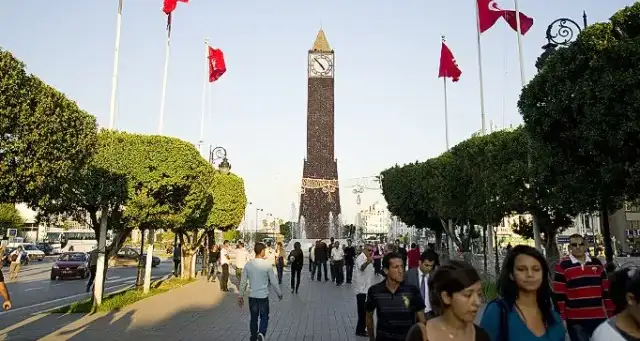Tunisia now has 11,972,169 inhabitants, according to the results of the general and housing census (RGPH) 2024, unveiled on Saturday by the National Institute of Statistics (INS).
An increase of nearly one million people in ten years (+989,415), reflecting an average annual increase rate of 0.87%. But behind these figures, deep mutations are taking shape which redesign the political, economic and social priorities of the country.
For Samir Abdelhafidh, Minister of Economy and Planning, these results are not simple statistics: they will serve as a base for the 2026-2030 development plan. “This census marks a turning point to a more modern statistical system, capable of following economic and social transformations,” he said in a declaration reported by the TAP agency.
Among the main trends highlighted: the progressive aging of the population. The share of people aged 60 and over increased from 11.6% in 2014 to 16.9% in 2024, while that of children under the age of 5 fell to 5.9%. An evolution which reflects a drop in the rate of fertility, below the threshold for renewing generations, and which calls for an urgent adaptation of health, retirement and education policies.
The census also reveals a slight female predominance (50.7% women), a phenomenon explained by a higher life expectancy and a more marked male migration. This imbalance involves readjustments in social policies, particularly in health and social security.
Another striking data: urban concentration. Almost 60% of the population is concentrated in districts 2 (Tunis, Ariana, Ben Arous, Manouba, Nabeul, Zaghouan) and 3 (Sousse, Monastir, Mahdia, Kairouan, Kasserine, Siliana), accentuating the disparities between the regions. The south and west of the country remain significantly less populated, despite their economic potential.
Finally, the foreign population remains marginal, representing only 0.55% of the total, a stability which contrasts with the global migration dynamic.
These results, according to the minister, impose a revision of the national statistical card and a strengthening of the interconnection of databases to better orient public policies. The challenge now: transform these figures into levers of action for a more equitable, durable Tunisia and adapted to its demographic reality.
—————————————————————
District 1 (Bizerte – Béja – Jendouba – Le Kef): 1,560,843 inhabitants, or 13.04%
District 2 (Tunis – Ariana – Ben Arous – Manouba – Nabeul – Zaghouan): 3,949,277 inhabitants, or 32.99%
District 3 (Sousse – Monastir – Mahdia – Kairouan – Kasserine – Siliana): 3,121,821 inhabitants, or 26.08%
District 4 (Sfax – Gafsa – Sidi Bouzid – Tozeur): 2,046,271 inhabitants, or 17.09%
District 5 (Gabès – Medenine – Tataouine – Kébili): 1,293,957 inhabitants, or 10.81%.








